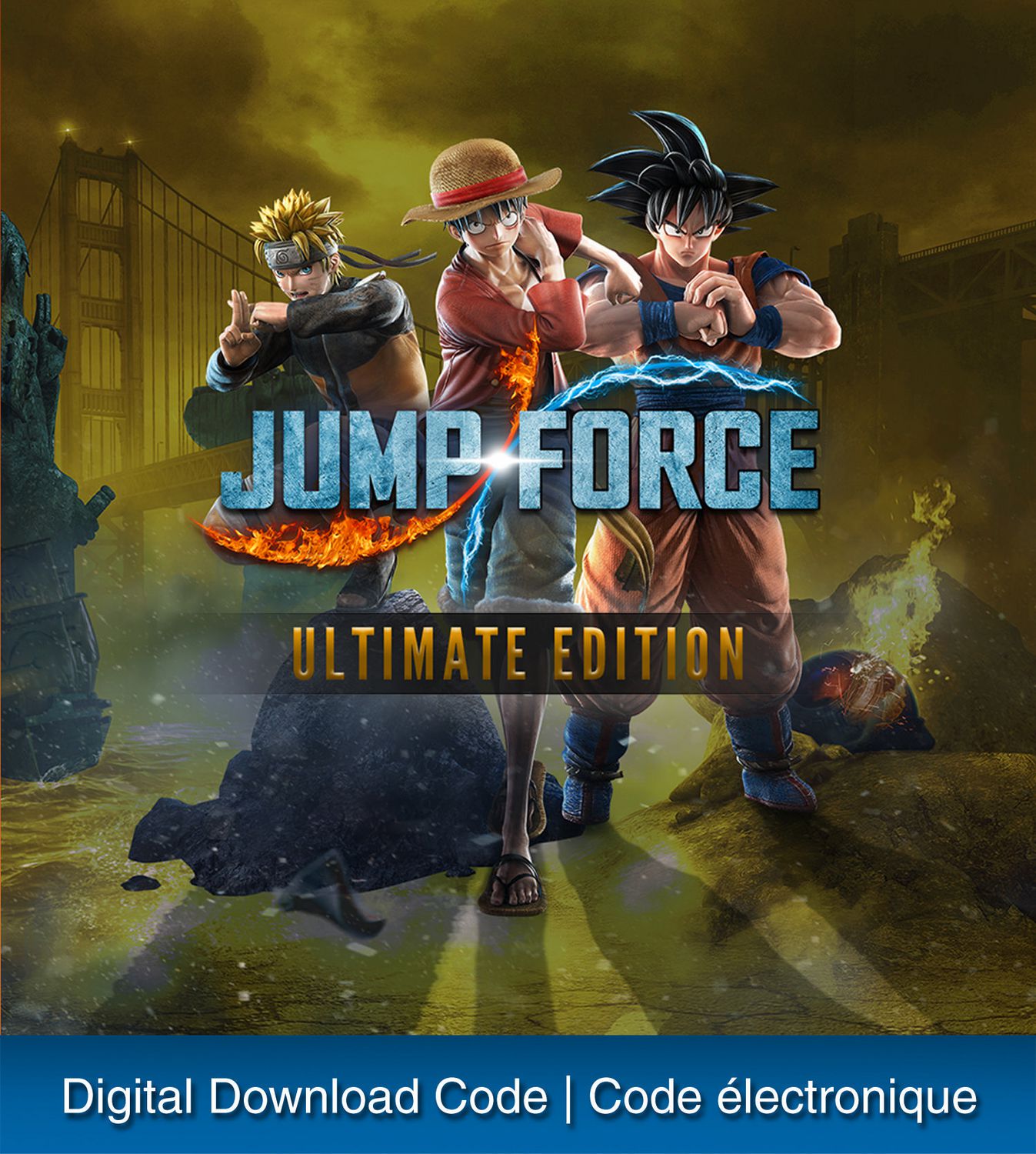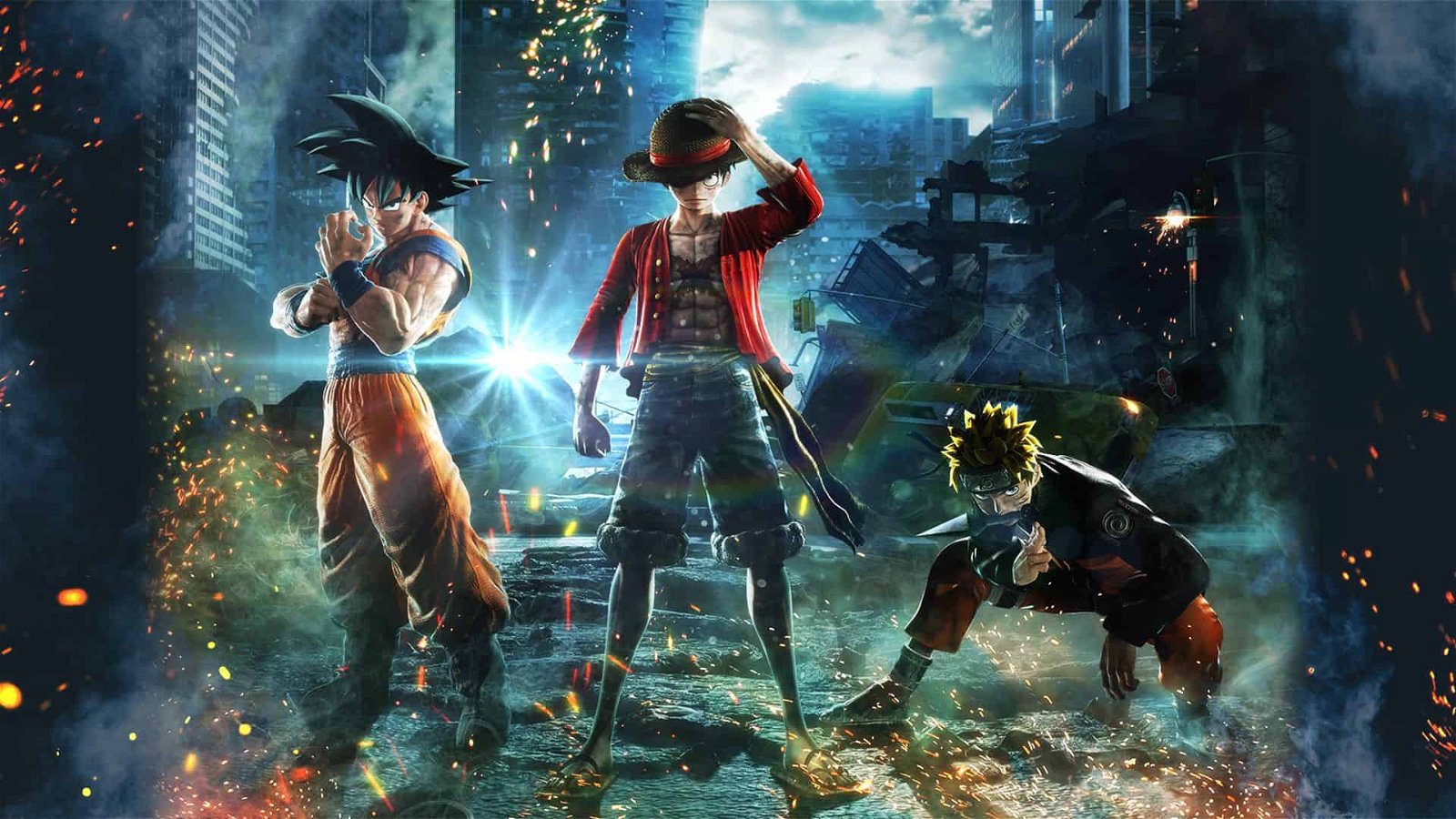
It’s just built out of bits and pieces that simply look bad. It isn’t representative of the original art, which inherently conflicts with a realistic aesthetic, and it isn’t adapted to a different style. His face, like all characters, doesn’t emote or animate beyond his standard battle expression, so even when he’s getting along with his friends or joking around, he’s rocking those stern, angular eyes. His hair is made up of what look like little rubber pipes, and the flat part of his hair on the back of his head is, I guess, rubber cornrows. His eyebrows are rectangles of short fur. To keep to an easy example, Goku’s gi is made up of realistic, thin fabric that unnaturally sits in such a way to emulate the character’s design. Instead, they look like stiff plastic dolls with uncharacteristic textures all over. In this game, matching the aesthetic of each series isn’t just a task they failed to achieve it’s something they didn’t even bother attempting.īecause the narrative revolves around the Jump Worlds being brought into reality (or, more realistically, because generic, low-quality realistic textures and assets are surely cheaper and easier to implement than anything artistic), the characters and settings of Jump Force are supposed to match the real world. The stylish fighting, cool weapons and crazy special abilities are definitive of nearly all of the properties included in Jump Force, and that all comes down to how they’re presented. Manga and anime are often contingent on their art and designs more so than even their characters or stories. In Jump Force, neither the way it plays or the way it looks is in any way engaging. I might get tired of the combat, but their reverent depiction of the source material means I can always enjoy the spectacle of fights and appreciate the cool designs. Though few are as thoughtless as Jump Force, the saving grace of something like the Naruto Ultimate Ninja Storm games, for instance, is the flashy, exciting presentation.

This means that victory feels like a lucky run in which the baddy didn’t manage to lock you into a combo until death, and failure never feels like an accomplishment.Ī lot of anime games are like this, though mashy and straightforward. As the difficulty rises, they stay just as stupid, but hit very, very hard. The repetitive, uninteresting combat is only further hurt by the mindless enemy AI.

Special moves are usually just different types of energy beams or harsh blows, but because nearly everything can be blocked completely, and even your strongest ability is likely less damaging than a light combo, they don’t play into the strategy too much. The result is a game of zooming up to your opponent and mashing light attack, throwing them if they’re blocking, and repeating. The game seems to know that a single hit landing practically ensures a 20-hit, 40% health combo, so AI opponents will block nearly always. Mashing the light attack button for a lengthy combo can take off a massive chunk of an enemy’s life with super low risk of interruption or counter-play, whereas nearly all other attack strategies are far less damaging, and much less consistently hit. There’s room to mix and match attacks, but the thing is, the more creative you try and be, the less success you’ll find. With light and heavy attacks, each being able to be charged up, grabs, and special moves, there are a few options for attacking here.

Though some characters do animate in amusing ways – JoJo characters project their stands ahead of them to fight, Yugi summons his cards to battle, cool stuff like that – they all function identically. Which character you’re playing as isn’t too important, anyway. Team members can use a special move as an assist, but really this is a game where you can change characters in the middle of a fight for no real reason rather than an actual 3v3 fight. While only one fighter on each team is active at once, they each share one health bar, so the strategic tagging in and out that defines these systems in most tag-team games simply doesn’t exist here. This is another anime 3D arena fighter, pitting teams of 3 head-to-head. It’s a foolproof premise, so why are all of these games always so terrible?ĭespite the combat of Jump Force only really making up about a third of the game’s play time, it’s presented as the primary gameplay system of the game, so let’s start there. Putting Jump characters together in a fighting game isn’t the same as Marvel vs Capcom or Smash Bros., wherein building a moveset around characters like Duck Hunt Duo or Phoenix Wright is an art in itself these characters were built for it from the get-go.

Juggernauts like Dragon Ball, classics like Fist of The North Star, and hit contemporary series like My Hero Academia are not only huge, significant properties, but they all share a fundamental component: fighting. There is perhaps no brand more suitable for a crossover fighting game than Shonen Jump.


 0 kommentar(er)
0 kommentar(er)
